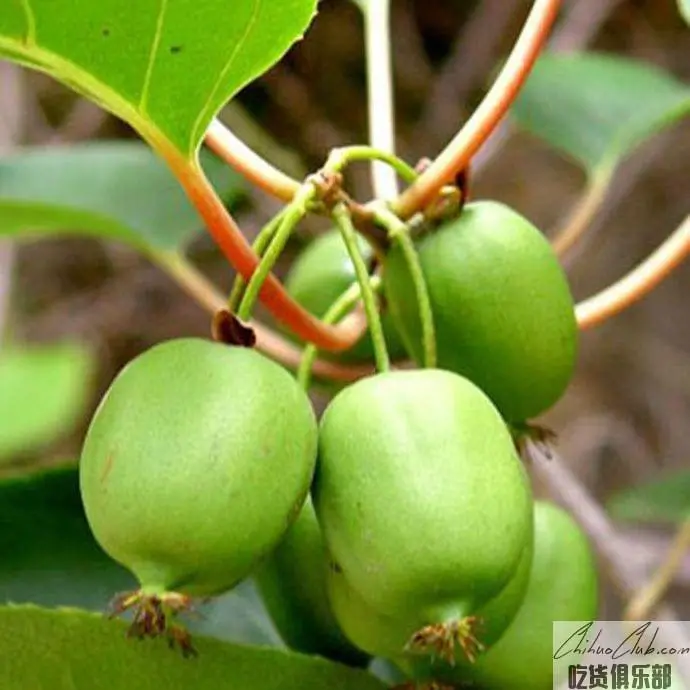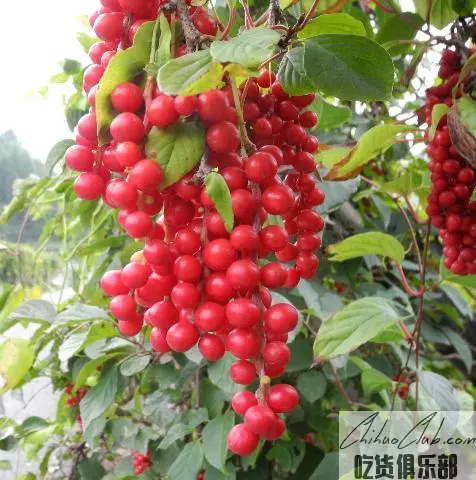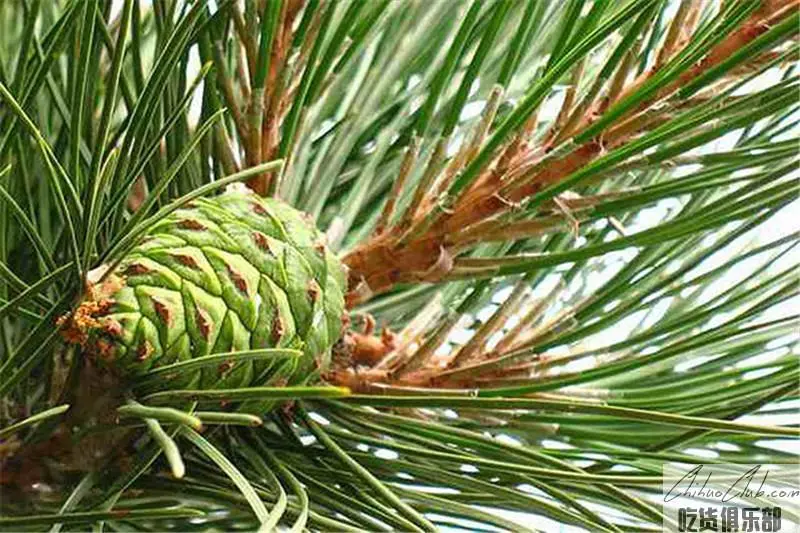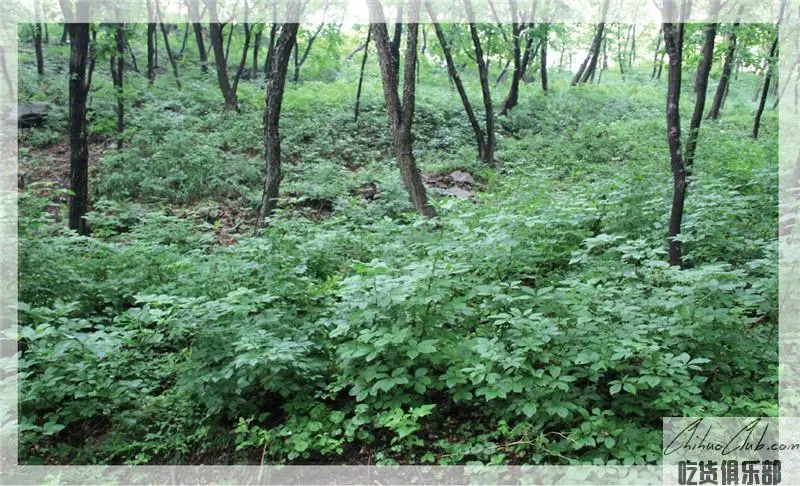benximanzuzizhixian-caohekouzhen specialty



Liaoning Provincial Forest Management Research Institute Experimental Forest Farm Caohekou Base has a long history of artificially cultivating Korean pine forest. As early as the early 1930s, the introduction and planting of Korean pine seedlings began in Japan during the Puppet Manchurian period. After the liberation of Benxi, it was planted in the spring of 1949. The 105 mu of pine seedlings makes this piece of red pine forest the first large artificial pine forest in the country. The Liaoning Provincial Forest Management Research Institute has built more than 100,000 mu of artificial red pine forests. It has accumulated a large amount of experimental data in the cultivation of Korean pine forests, and has achieved fruitful results. It promotes red through technical measures such as grafting, reforming and cutting of red pine. Loose and high yield. “Caohekou Red Pine Seeds” has benefited from this unique natural advantage and has become a famous green food. The Caohekou Base of the Experimental Forest Farm of the Liaoning Provincial Forest Management Research Institute has more than 1,500 acres of red pine forest, with an average annual yield of 50 tons of Korean pine seeds.

Acanthopanax senticosus is a perennial shrub of the genus Wujiake, which belongs to the genus Araliaceae. It is also known as the thorns, the sticks, the sticks, and the main medicinal parts are dry roots and rhizomes or stems. Because Acanthopanax senticosus can promote the aging effect of human immunity and anti-free radicals, it has the effect of “righting up” and “exorting evil spirits” for many diseases. In the history of Chinese medicine, the history of using Acanthopanax senticosus is very long.